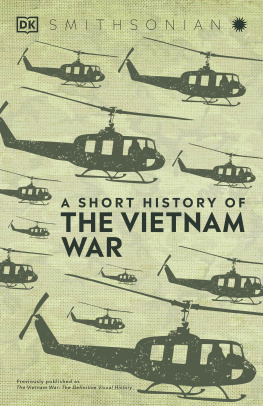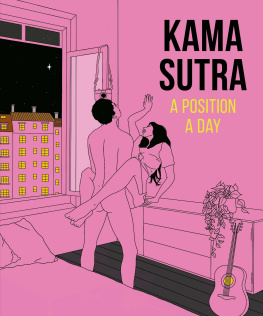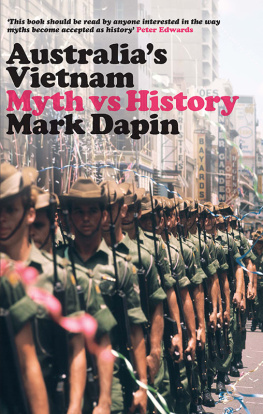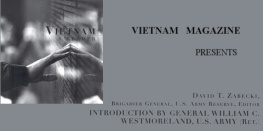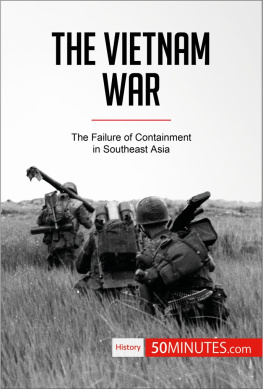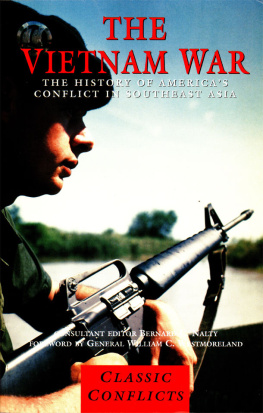DK - A Short History of the Vietnam War
Here you can read online DK - A Short History of the Vietnam War full text of the book (entire story) in english for free. Download pdf and epub, get meaning, cover and reviews about this ebook. year: 2021, publisher: DK Publishing, genre: History. Description of the work, (preface) as well as reviews are available. Best literature library LitArk.com created for fans of good reading and offers a wide selection of genres:
Romance novel
Science fiction
Adventure
Detective
Science
History
Home and family
Prose
Art
Politics
Computer
Non-fiction
Religion
Business
Children
Humor
Choose a favorite category and find really read worthwhile books. Enjoy immersion in the world of imagination, feel the emotions of the characters or learn something new for yourself, make an fascinating discovery.
A Short History of the Vietnam War: summary, description and annotation
We offer to read an annotation, description, summary or preface (depends on what the author of the book "A Short History of the Vietnam War" wrote himself). If you haven't found the necessary information about the book — write in the comments, we will try to find it.
DK: author's other books
Who wrote A Short History of the Vietnam War? Find out the surname, the name of the author of the book and a list of all author's works by series.
A Short History of the Vietnam War — read online for free the complete book (whole text) full work
Below is the text of the book, divided by pages. System saving the place of the last page read, allows you to conveniently read the book "A Short History of the Vietnam War" online for free, without having to search again every time where you left off. Put a bookmark, and you can go to the page where you finished reading at any time.
Font size:
Interval:
Bookmark:
- 1 THE BACKGROUND
BEFORE MARCH 1959 - 2 AMERICA DRAWN INTO VIETNAM
MAR 1959DEC 1964 - 3 AMERICA GOES TO WAR
JAN 1965SEP 1967 - 4 THE TURNING POINT
SEP 1967DEC 1968 - 5 NIXONS WAR
JAN 1969DEC 1971 - 6 EASTER OFFENSIVE TO US EXIT
JAN 1972JAN 1973 - 7 ENDGAME AND AFTERMATH
AFTER JANUARY 1973


Preferred application settings
For the best reading experience, the following application settings are recommended:
- Orientation: Portrait
- Color theme: White background
- Scrolling view: [OFF]
- Text alignment: Auto-justification [OFF](if the eBook reader has this feature)
- Auto-hyphenation: [OFF](if the eBook reader has this feature)
- Font style: Publisher default setting [ON](if the eBook reader has this feature)
g
A t the end of World War II, the United States emerged as a political and economic superpower in sole possession of nuclear weapons. While America prospered and its influence spread around the globe, it faced a daunting challenge. Despite suffering massive human and economic losses, the Soviet Union also sought to use its newly found power to extend its influence and to spread its contrasting tenets of communism abroad in a direct challenge to the United States.
By the late 1940s, communism was firmly entrenched in eastern Europe. In 1949, communist forces seized control of China while the Soviets exploded their first atomic bomb, ending Americas nuclear monopoly. Fearful of mutually assured nuclear annihilation, both east and west settled into an uneasy Cold War. But that by no means meant an end to conflict.
Throughout the latter half of the 20th century the Cold War frequently erupted into indirect military combat, through the use of proxies. While the United States, communist China, and the Soviet Union parried to an uneasy truce in Korea in the early 1950s, revolutionaries in Indochina fought successfully for their independence from France. The peace was short-lived as Vietnam was divided between the communist north and the capitalist south. Tensions rose until open conflict once again broke out in the early 1960s, this time with the United States entering the fray to counter Soviet influence in the region.
Americas involvement increased just as long-brewing social revolution erupted in the United States. As more advisers and then combat troops were sent to support South Vietnam, many American citizens began to openly question the nations involvement in a foreign war when so many pressing social issues needed to take precedent. This tumultuous internal conflict was openly expressed as protests, all set against the backdrop of an increasingly unpopular war. Searing images of death and destruction filled television screens during the evening news, further fanning unrest and seismic social upheaval within Americas diverse society.
This book takes the reader on a carefully crafted journey through the maze of events that became the war in Vietnam. Remarkably thorough, and extraordinarily well-illustrated, this engaging book provides a well-written analysis through an American lens but does not hesitate to tell the story, no matter how difficult or painful. It is an excellent and highly readable synopsis of a very complicated era and a very complicated war.
F. Robert van der Linden , Ph.D.
Curator of Aeronautics
Smithsonian National Air and Space Museum
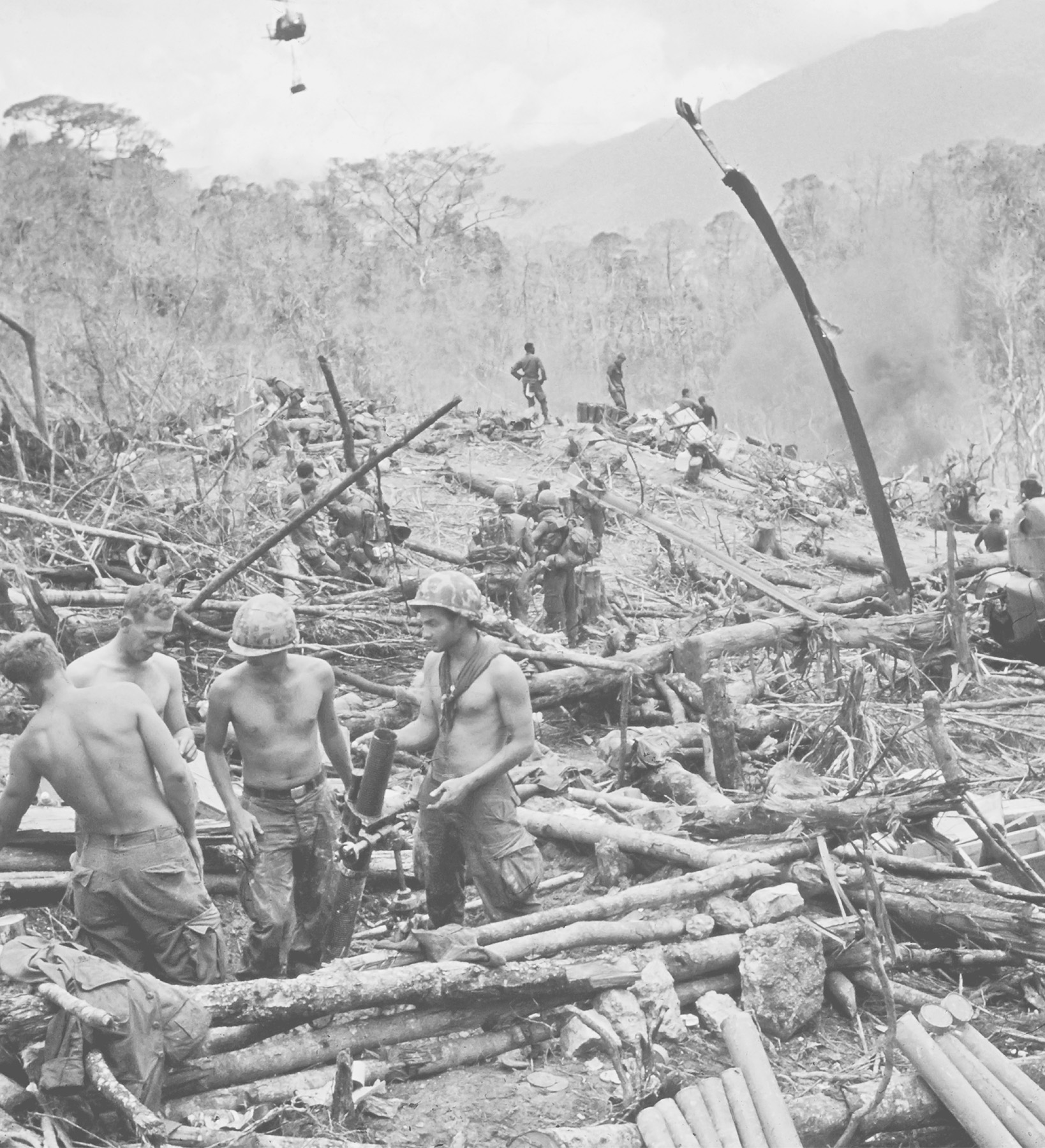
A smoke flare marks the landing spot for an incoming medevac helicopter after a battle in A Shau Valley.
g
Resistance to French rule grew in Indochina in the early 20th century, as communist thinkers encouraged criticism of colonialism. The First Indochina War would win Vietnam its freedom from colonial oppression, but also lead to a dangerous rift between North and South.
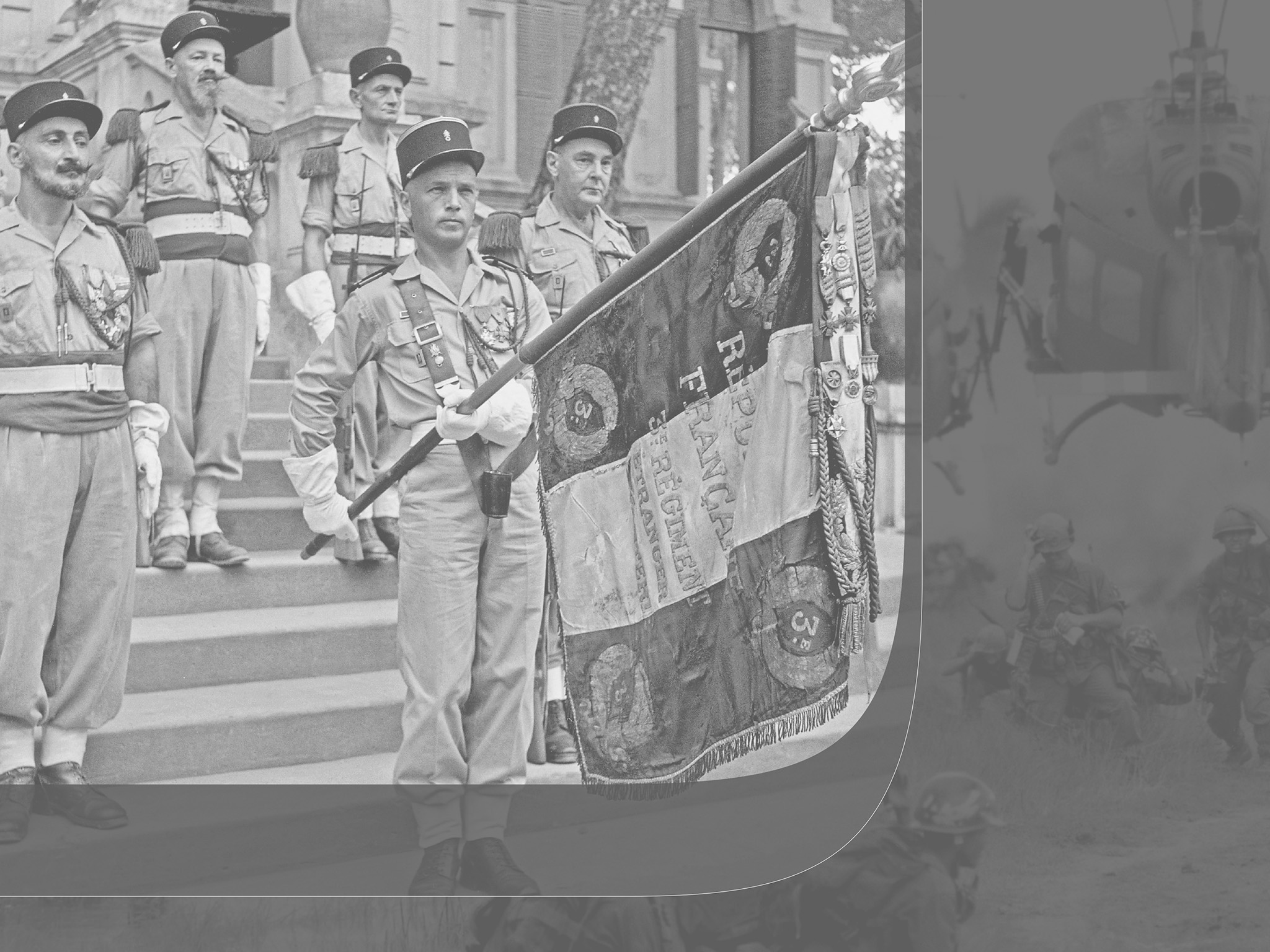
Vive La France?
Soldiers of the Third Regiment of the French Foreign Legion stand to attention outside their headquarters in Lang Son in 1950. A decisive Viet Minh victory at the Battle of Route Coloniale 4a highway to the French base at Cao Bangsaw French units abandon Lang Son later that year.
The Background | CONTENTS
g
I n the 19th century, France conquered Vietnam, Cambodia, and Laos, creating the colony of French Indochina. The French divided Vietnam into three parts: Tonkin, Annam, and Cochin China. Repressing nationalist revolts, the French maintained colonial rule in Vietnam until World War II, when Indochina was occupied by the Japanese. At the wars end, the communist-led Viet Minh declared Vietnam independent, but France strove to retake control of its colony. After prolonged fighting, Viet Minh guerrillas defeated the French in the First Indochina War, inflicting a final humiliation at the battle of Dien Bien Phu. After negotiations at the Geneva Conference, Vietnam became independent as two states, divided by a Demilitarized Zone (DMZ). North Vietnam was under communist rule, while South Vietnam was backed by the United States.
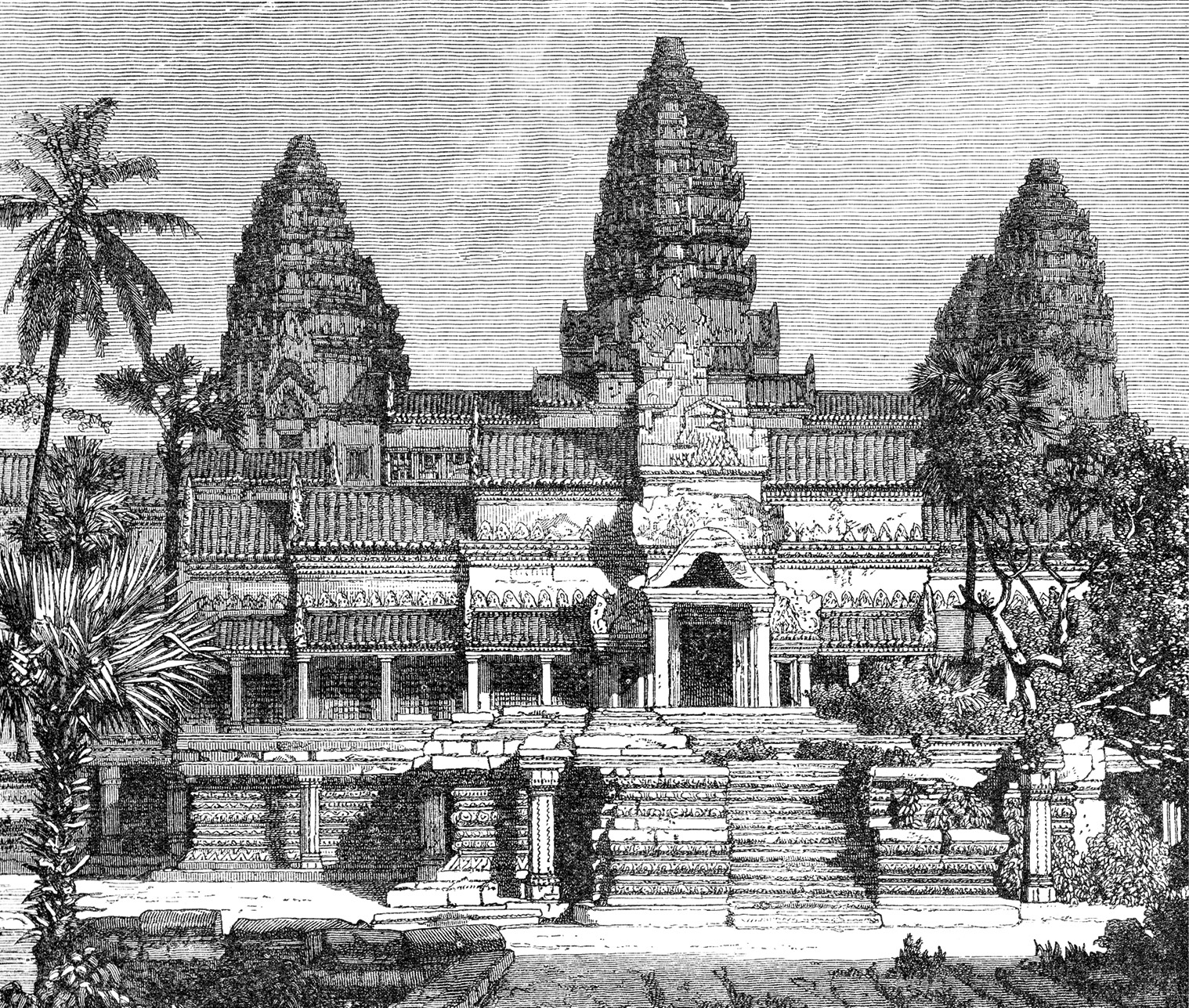
 The 12th-century temple complex of Angkor Wat in Cambodia displays the splendor of the medieval Khmer Empire.
The 12th-century temple complex of Angkor Wat in Cambodia displays the splendor of the medieval Khmer Empire.
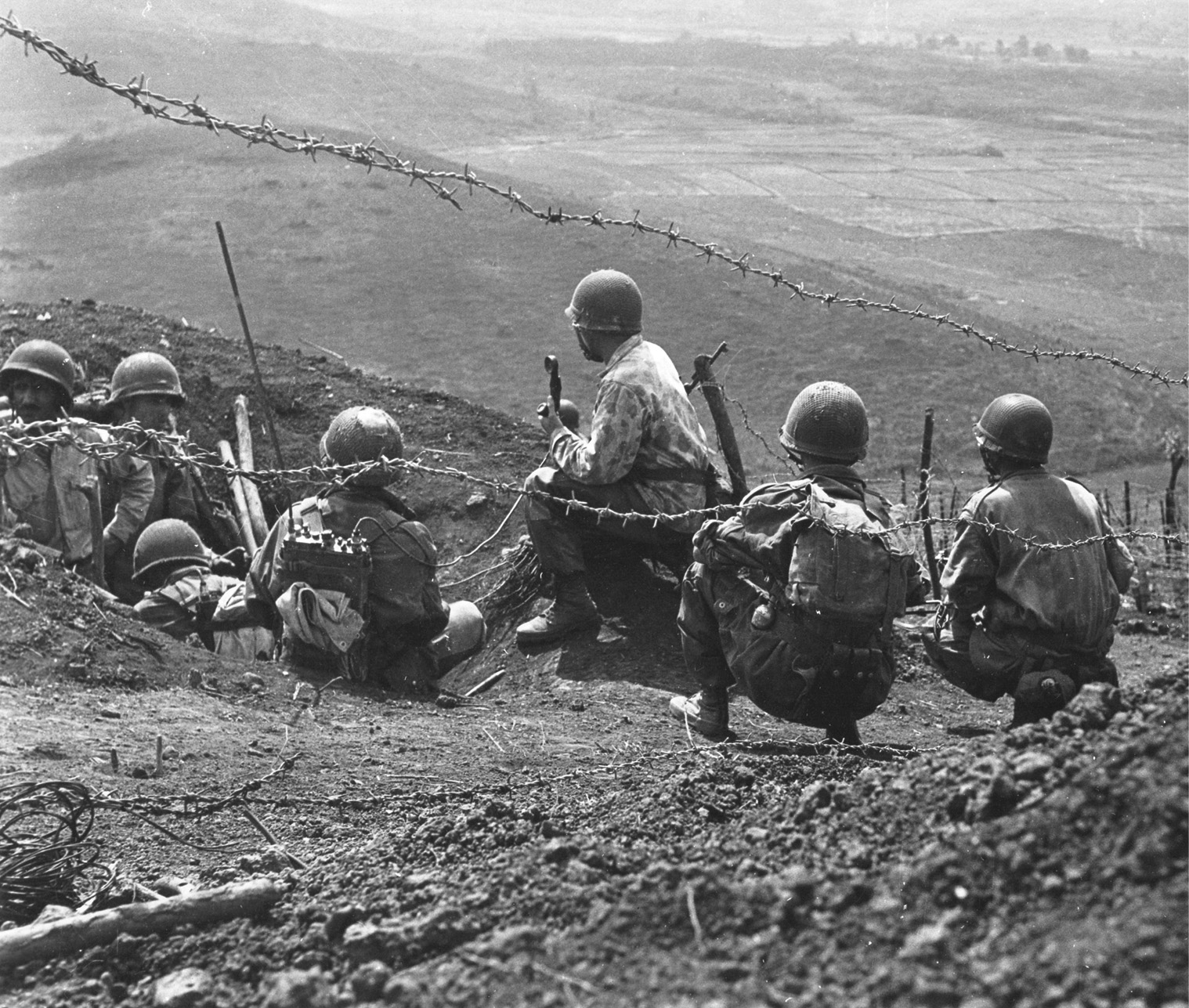
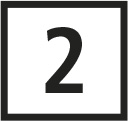 French soldiers keep watch during the siege of Dien Bien Phu in 1954, which brought French rule in Indochina to an end.
French soldiers keep watch during the siege of Dien Bien Phu in 1954, which brought French rule in Indochina to an end.
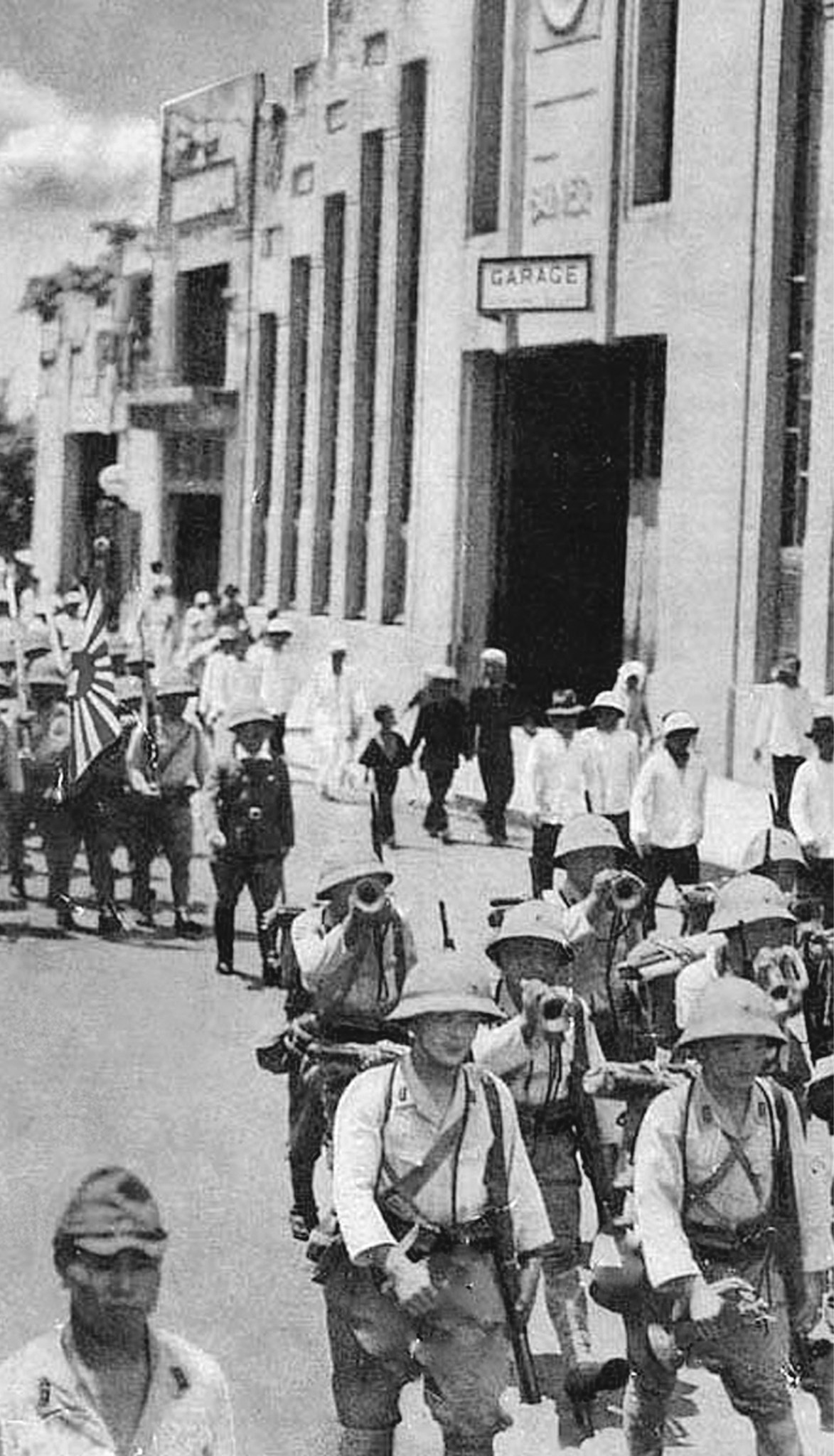
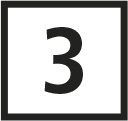 Japanese troops enter Saigon during World War II.
Japanese troops enter Saigon during World War II.
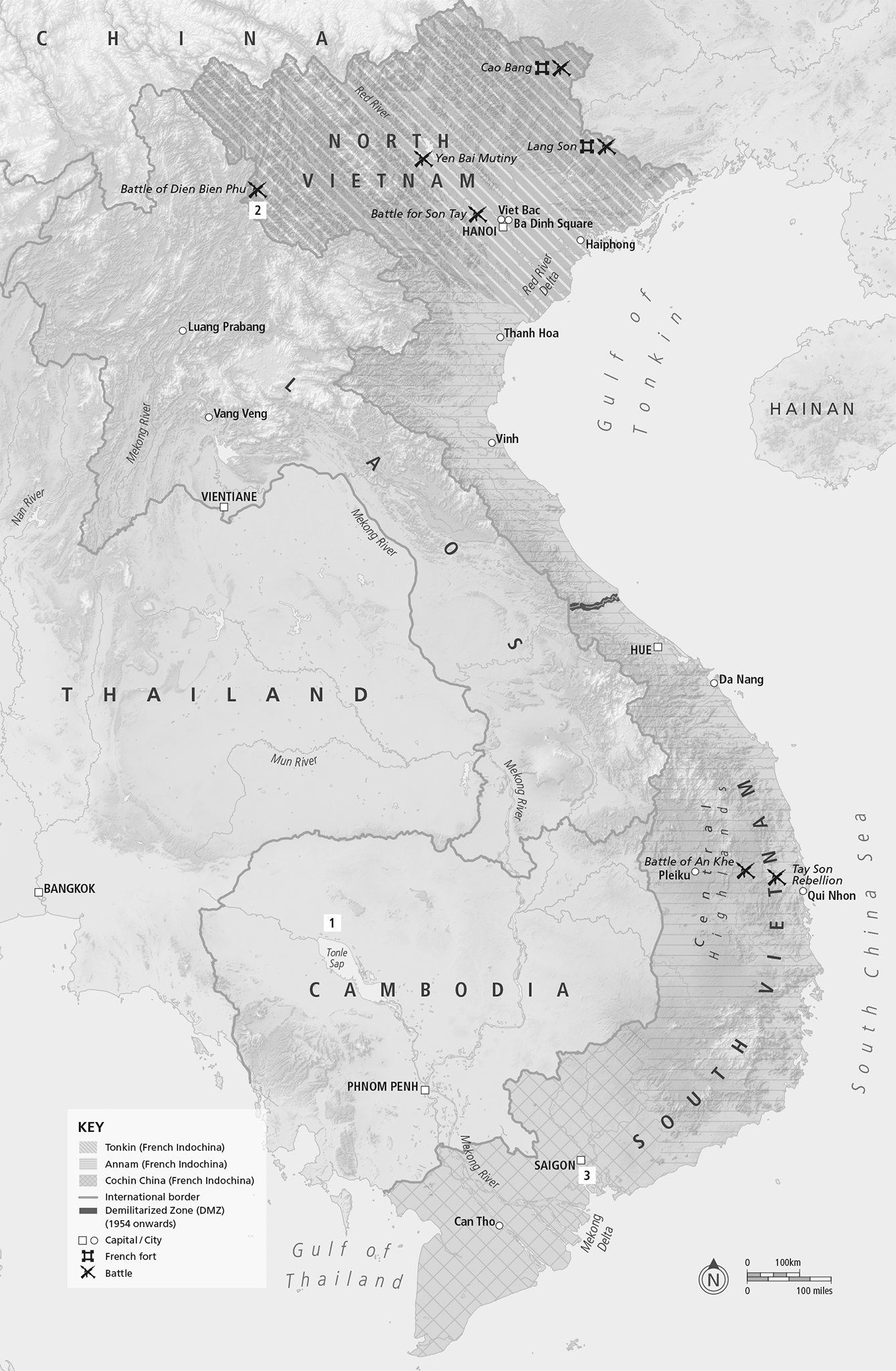
n Double-tap image to read the labels
g
In the 19th century, at the height of European imperialism, France seized control of Vietnam, Laos, and Cambodia to create French Indochina. However, the Vietnamese had a history of resistance to foreign domination and France found its rule fiercely contested.
Font size:
Interval:
Bookmark:
Similar books «A Short History of the Vietnam War»
Look at similar books to A Short History of the Vietnam War. We have selected literature similar in name and meaning in the hope of providing readers with more options to find new, interesting, not yet read works.
Discussion, reviews of the book A Short History of the Vietnam War and just readers' own opinions. Leave your comments, write what you think about the work, its meaning or the main characters. Specify what exactly you liked and what you didn't like, and why you think so.

